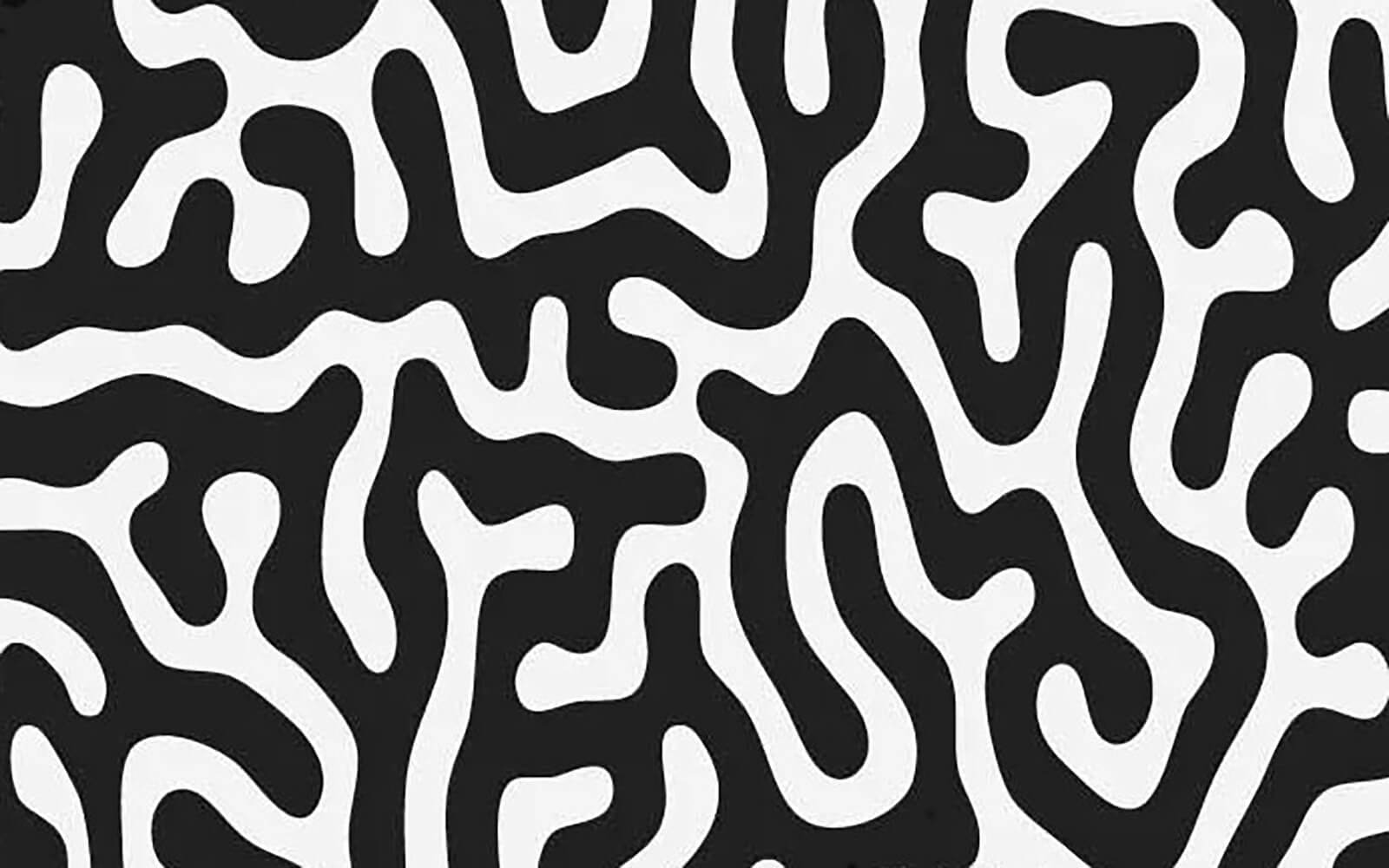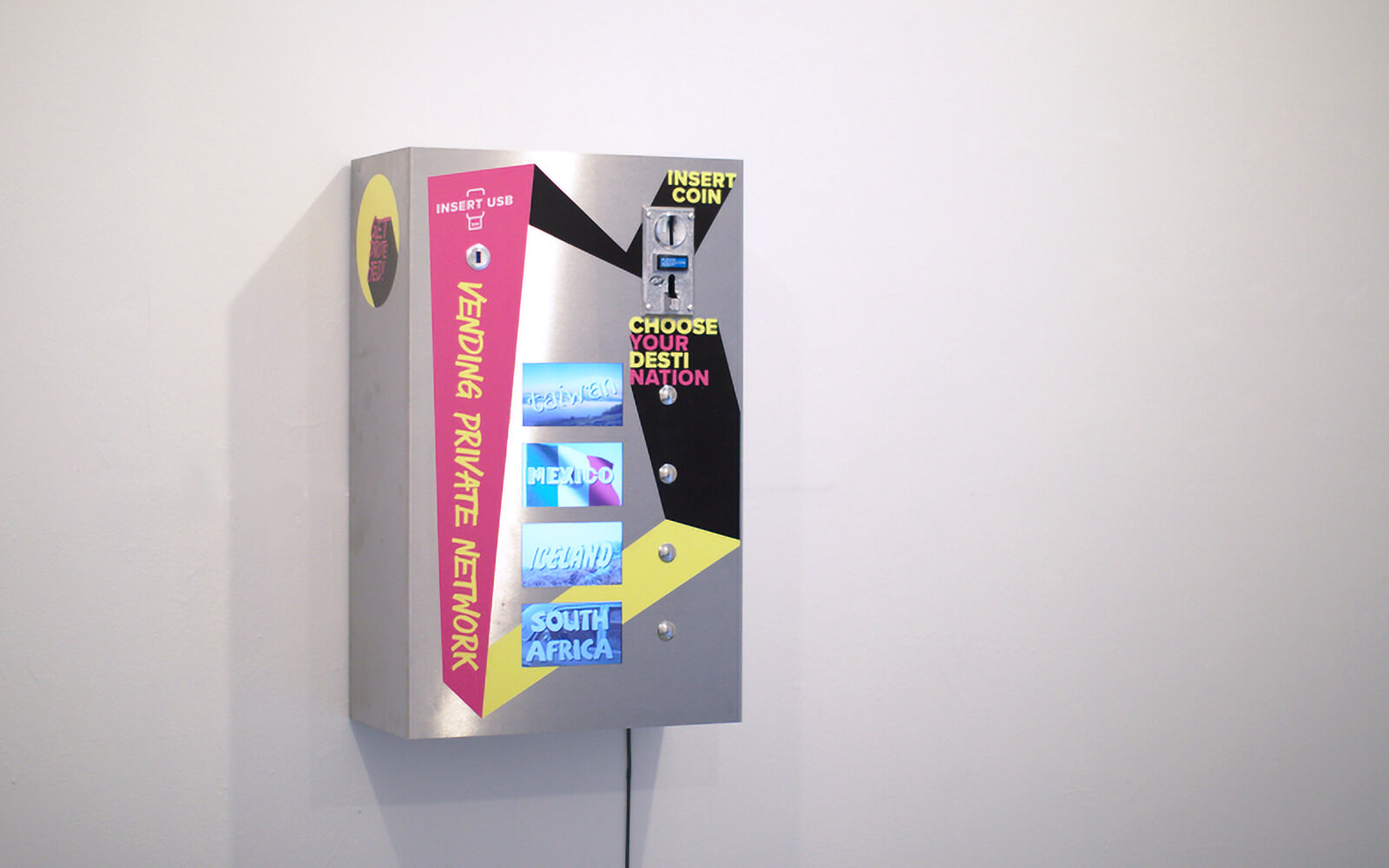1,576 days, 2,409 entries ...
Newsticker, link list, time machine: HOLO.mg/stream logs emerging trajectories in art, science, technology, and culture––every day
“The watermark looks completely natural to those reading the text because the choice of words is mimicking the randomness of all the other words.”
“Quantum computers might one day have the ability to push computational boundaries, allowing us to solve problems that have been intractable thus far, such as integer factorization, which is important for encryption.”
“One thing I like about this approach is that, because it never goes inside the neural net and tries to change anything, but just places a sort of wrapper over the neural net.”
Duke University researchers develop a novel method of encrypting text, harnessing the chaos of computer simulated bacterial growth. Expanding on their recent article in data science journal Patterns, the team summarizes their use of machine learning frame-by-frame analysis of organic reaction–diffusion system animations to en- and decode text strings. “These patterns in essence constitutes a new, digitally generated coding scheme, which we call Emorfi,” they write.

Danja Vasiliev announces that Vending Private Network (2018), an artwork he created with fellow critical engineer Julian Oliver, was banned from display at Moscow’s soon-to-open Cryptography Museum. The installation sets up a virtual private network (VPN) as publicly funded infrastructure (taking cues from condom vending machines). A way around government censorship and surveillance, VPNs are deemed illegal by the Russian state, Vasiliev explains on Twitter.

First unveiled in March, the Bank of England’s newly-designed £50 note featuring the portrait of Alan Turing enters circulation. Coinciding with what would have been his birthday, the note celebrates the computer pioneer and wartime codebreaker who helped accelerate Allied efforts to read German Naval messages enciphered with the Enigma machine, shortening World War II. The note also promotes diversity, recognising Turing’s appalling treatment by the state for being gay. After being arrested and convicted for gross indecency, he committed suicide in 1954.

Daily discoveries at the nexus of art, science, technology, and culture: Get full access by becoming a HOLO Reader!
- Perspective: research, long-form analysis, and critical commentary
- Encounters: in-depth artist profiles and studio visits of pioneers and key innovators
- Stream: a timeline and news archive with 1,200+ entries and counting
- Edition: HOLO’s annual collector’s edition that captures the calendar year in print
